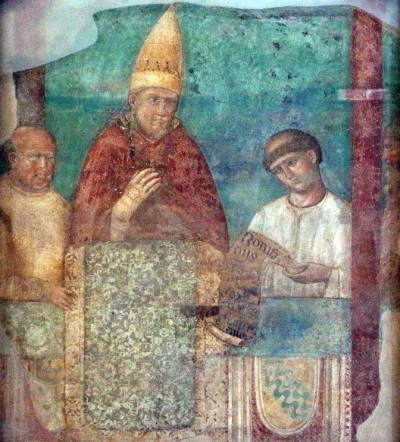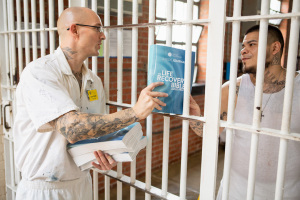This week in Christian history: Gregory of Tours dies, Unam Sanctum edict, missionary preacher arrested
Pope Boniface VIII issues Unam Sanctum edict – Nov. 18, 1302

This week marks the anniversary of when Pope Boniface VIII issued Unam Sanctam, a papal bull that claimed that all secular power was subject to Church approval and that all Christians had to be subject to the pontiff.
Latin for “One Holy,” Unam Sanctam was issued in response to French King Philip IV’s decision to imprison a bishop under the charges of treason, which Boniface VIII found unacceptable.
When it came to political and religious power, symbolized as two swords, the pope argued that “both are in the power of the Church, namely, the spiritual sword and the material.”
“But indeed, the latter is to be exercised on behalf of the Church; and truly, the former is to be exercised by the Church. The former is of the priest; the latter is by the hand of kings and soldiers, but at the will and sufferance of the priest,” continued the decree.
“Furthermore, we declare, we proclaim, we define that it is absolutely necessary for salvation that every human creature be subject to the Roman Pontiff.”
Historian Richard Cavendish wrote in 2002 that while Unam Sanctam was “the most famous papal document of the Middle Ages,” it did not help Boniface VIII in his struggle against the king.
“King Philip's response was to accuse him of crimes from heresy and blasphemy to simony and sodomy, and send his henchman Guillaume de Nogaret to Italy to stir up another rebellion against the pope,” wrote Cavendish.
“In September, with the help of the Colonnas and some of the cardinals, Boniface was seized, threatened with death and manhandled at his summer residence at Anagni. The townspeople rescued him two days later, but the shock broke him physically and psychologically, and he died in Rome soon afterwards.”




























